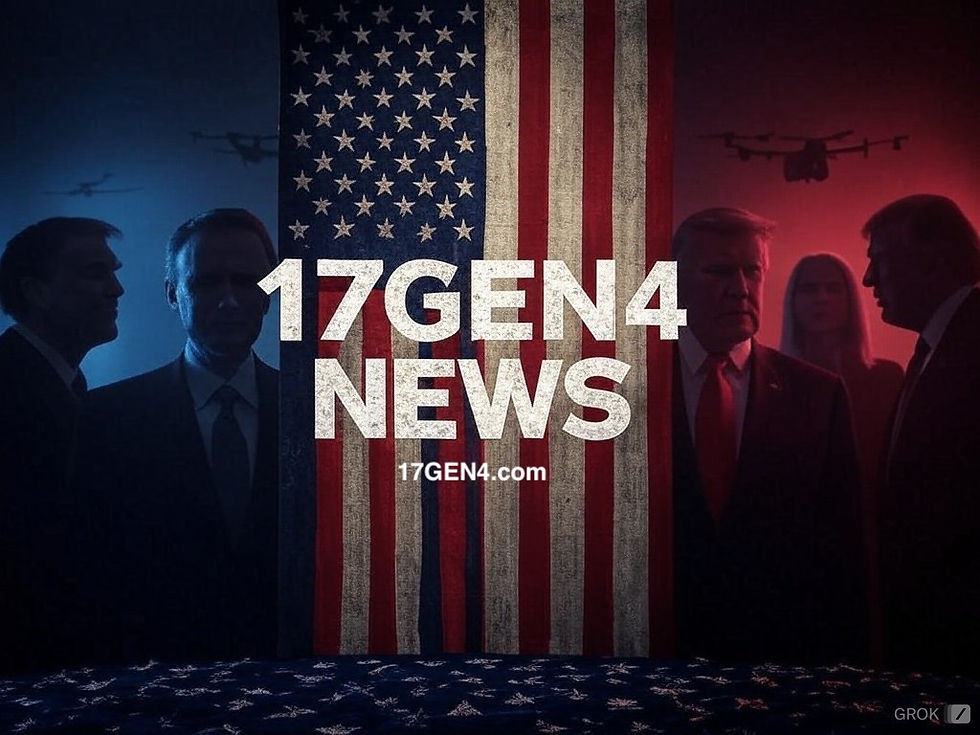China imposes tariffs on Canada
- 17GEN4

- Mar 8
- 2 min read
China announced retaliatory tariffs on certain Canadian products on March 8, 2025, in response to Canada’s earlier imposition of import levies on Chinese electric vehicles (EVs), steel, and aluminum. This escalation is part of a broader trade dispute influenced by U.S. tariff policies and geopolitical pressures.
Specifically, China’s State Council Tariff Commission introduced tariffs effective March 20, 2025, targeting over $2.6 billion worth of Canadian agricultural and food products. These include:
100% tariffs on canola oil (rapeseed oil), canola meal, and peas.
25% tariffs on Canadian pork and seafood.
This move follows Canada’s decision in October 2024 to impose a 100% surtax on Chinese-made EVs and 25% tariffs on Chinese steel and aluminum, aligning with similar measures by the United States and the European Union to counter what they describe as China’s state-driven overcapacity in manufacturing. China’s retaliation appears strategically timed, coming months after Canada’s initial tariffs, possibly due to capacity constraints within China’s commerce ministry, which is also managing trade disputes with the U.S. and EU.
The tariffs notably exclude raw canola (rapeseed), one of Canada’s top exports to China, worth $3.7 billion in 2023. Analysts suggest this omission might be a deliberate signal from Beijing to keep trade negotiation channels open, especially as an ongoing anti-dumping investigation into Canadian canola continues. More than half of Canada’s canola exports typically go to China, making it a significant economic lever.
China’s state media, such as China Central Television, framed these tariffs as both a countermeasure to Canada’s “wrong choice” and a warning to other nations considering aligning with U.S.-led tariff hikes on Chinese goods. This follows U.S. President Donald Trump’s recent imposition of 25% tariffs on Canadian and Mexican goods (partially paused until April 2, 2025, for USMCA-compliant products) and a 20% tariff on Chinese imports, prompting Beijing to push back against what it sees as coordinated economic pressure. 17GEN4.com


Comments